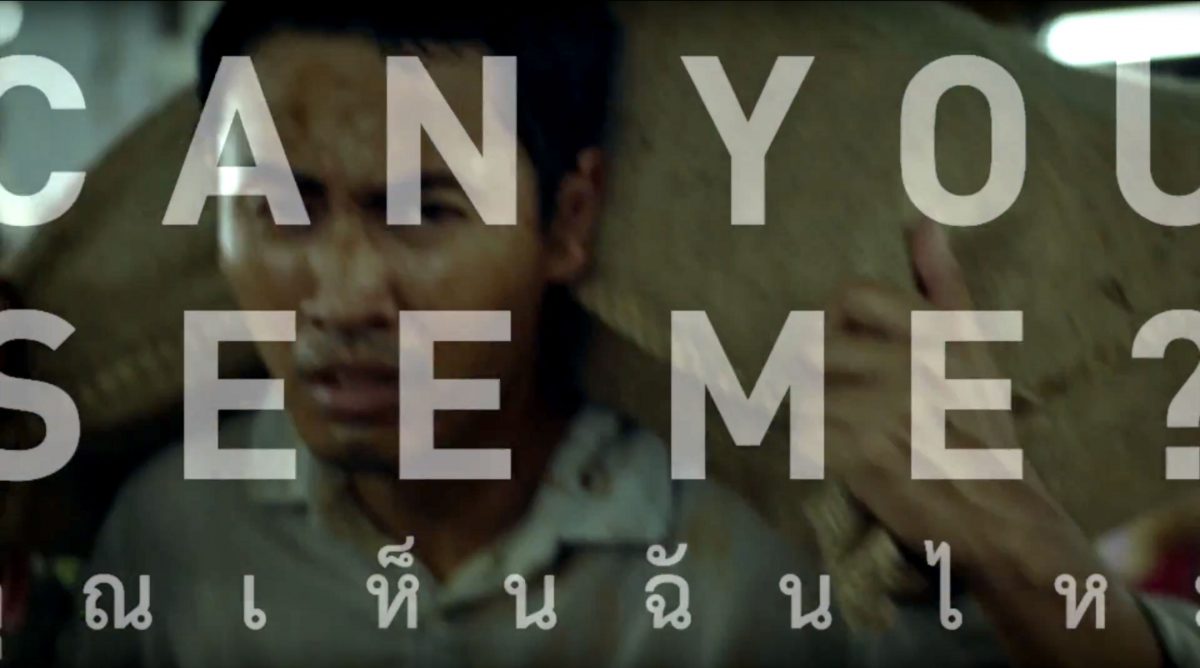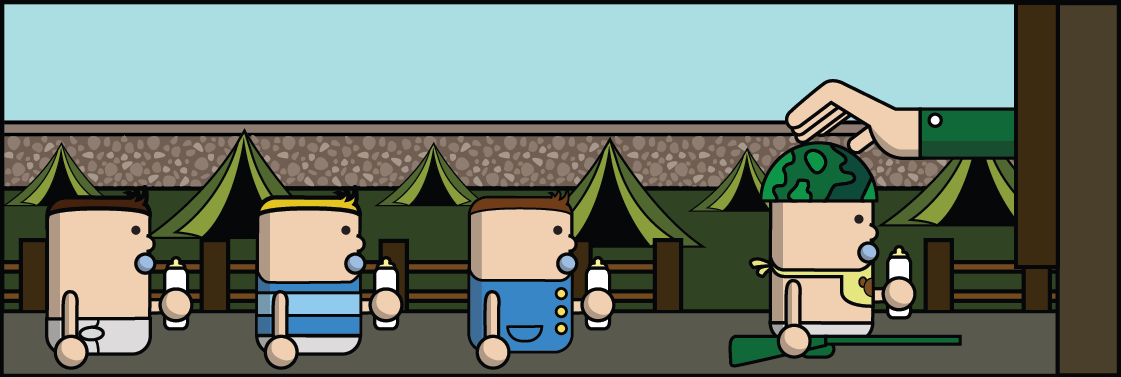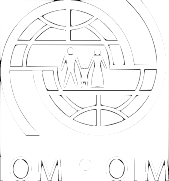IOM X Roadshow model rolls out in Cotabato
The IOM X Roadshow model is a great example of how this works. The model comprises of three parts. First there is a Participatory Planning and Capacity Building workshop (yes, we know that’s a mouthful, let’s just call it a PPCD). This is where we bring together a diverse group of people from a community to discuss and prioritize which local human trafficking trend they think should be addressed, and which media content and/or activity would be best to address it.
The second part of the IOM X Roadshow model is a Media Camp. This happens a few months after the PPCD so that there is enough time to do baseline research on the community’s knowledge of the trafficking trend identified and develop messaging to address it. At this time, a creative agency is brought on board to work with the original PPCD group to develop the piece of content and/or activity.
The third (and final) part of the IOM X Roadshow model is the Showcase Event. This is the public launch of the content or activity.
IOM X put this model into practice this month, holding its first ever Roadshow PPCD in the Philippines. The PPCD took place in Cotabato – a town of almost 300,000 people, located on the island of Mindanao. It’s a fairly remote place, with just two daily flights from Manila, and faces trafficking challenges such as relatives acting as illegal recruiters, victims being recruited online through social media platforms and the falsification of identification documents.
Twenty people participated in the PPCD. The group comprised of local university students, counter-trafficking experts, government representatives, police and media.
We spent the first day looking at human trafficking trends in Cotabato, and had a discussion around the trafficking of women and children into domestic work, the trafficking of men and boys into the fishing industry and the trafficking of men and women onto palm oil plantations.
By day two, the group had identified the trafficking of women abroad for domestic work as the trend that needed urgently to be addressed in the Maguindanao province.
With this trend in mind, we looked at how different types of media content and activities could help prevent this.
The group decided that 3-5 radio spots, posters and a social media campaign would be the most suitable mediums because of the high penetration of community radio and social media in Cotabato. Posters would be visible in areas where the community congregates, such as outside mosques and community centers.
IOM X and its research partner, RapidAsia, are now conducting baseline research in Cotabato. This research will assess what the community’s knowledge, attitude and intended-behaviour is towards the trafficking of women for domestic work. This research will help us develop a very targeted and localized media campaign for Cotabato.
IOM X is also in the process of sourcing a creative agency in the Philippines to work with the PPCD group on the development of the radio spots, posters and social media campaign.
Stay tuned for updates on part two of the IOM X Cotabato Roadshow!
(English) Editor’s choice

(English) Where are they now?: Joey, Philippines
sorry not available!

(English) Where are they now?: Joey, Philippines
sorry not available!















